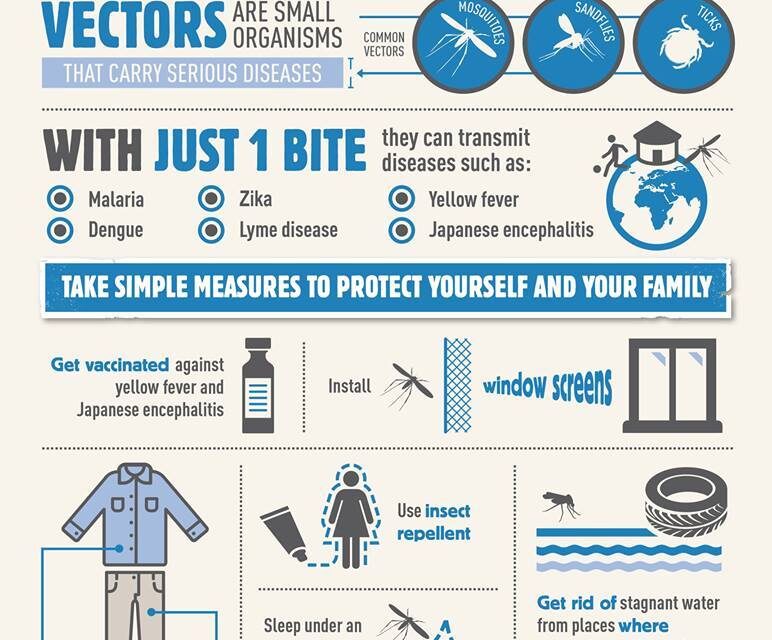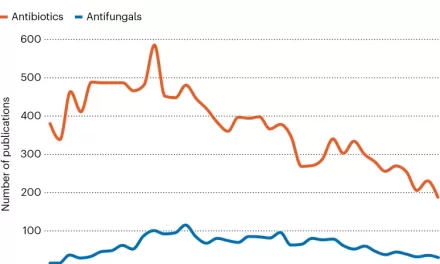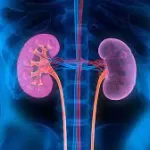World Malaria Day 25 April 2022 – Harness innovation to reduce the malaria disease burden and save lives
World Malaria Day 2022 will be marked under the theme “Harness innovation to reduce the malaria disease burden and save lives.” No single tool that is available today will solve the problem of malaria. WHO is calling for investments and innovation that bring new vector control approaches, diagnostics, antimalarial medicines and other tools to speed the pace of progress against malaria.
Despite steady advances in lowering the global burden of malaria between 2000 and 2015, progress has slowed or stalled in recent years, particularly in high burden countries in sub-Saharan Africa. Urgent and concerted action is needed to set the world back on a trajectory toward achieving the 2030 targets of the WHO global malaria strategy.
Malaria by numbers: global and regional malaria burden
According to WHO’s latest World malaria report, there were an estimated 241 million malaria cases and 627 000 malaria deaths worldwide. This represents about 14 million more cases compared to the previous year and 69 000 more deaths. Approximately two-thirds of the additional deaths (47 000) were linked to disruptions in the provision of malaria prevention, diagnosis and treatment during the COVID-19 pandemic.
/word-malaria-report/wmr-2021.tmb-144v.jpg?Culture=en&sfvrsn=a8b77d4b_2)
World malaria report 2021
WHO African Region
The WHO African Region accounted for 95% of malaria cases (228 million) and 96% of deaths (602 000) worldwide in 2020. That same year, four countries carried just over half of all malaria deaths globally: Nigeria (31.9%), the Democratic Republic of the Congo (13.2%), the United Republic of Tanzania (4.1%) and Mozambique (3.8%).
In countries with moderate and high malaria transmission, the rate of progress against malaria has levelled off since 2015 and, in 2020, disruptions to malaria services during the COVID-19 pandemic had an added impact on the malaria burden in the African Region. Between 2019 and 2020:
- total malaria cases increased from 213 million to 228 million
- total malaria deaths increased from 534 000 to 602 000
South-East Asia Region
In 2020, the South-East Asia Region had nine malaria-endemic countries that contributed to about 2% of the burden of malaria globally. Most cases in the region were concentrated in India (83%).
Over the past 20 years, the region has made excellent progress in reducing its malaria burden.
- total malaria cases were reduced by 78%, from 22.9 million to 5 million
- total malaria deaths were reduced by 75%, from 35 000 to 9000
During the COVID-19 pandemic, there were no major increases seen in the malaria burden in the South-East Asia Region in 2020.
For the latest trends in other malaria-endemic regions, see WHO’s regional briefing kit from the World malaria report 2021.
/word-malaria-report/wmr2021-briefing-kit-regional.tmb-144v.jpg?sfvrsn=c713d7ca_6)
World malaria report 2021: regional data and trends
Global targets and funding
In view of recent data and trends, two critical milestones of WHO’s global malaria strategy were missed: reducing malaria case incidence and death rates by at least 40% by 2020, compared to 2015 levels. As such, progress towards the malaria-specific target of the Sustainable Development Goals, which calls for ending malaria worldwide by 2030, is also off track.
In 2020, total funding for malaria control and elimination reached an estimated US$ 3.3 billion against a target of US$ 6.8 billion. Governments of malaria-endemic countries contributed about one-third of all malaria funding, and the remaining two-thirds of funding came from international sources.
Signs of hope
While progress in the global response to malaria has levelled off, a subset of countries with a low burden of malaria is moving quickly towards elimination. In 2020:
- More than half (47) of all malaria-endemic countries had fewer than 10 000 indigenous malaria cases, up from 26 countries in 2000.
- 26 countries reported fewer than 100 malaria cases, up from 6 countries in 2000.
Countries that achieve at least 3 consecutive years of zero indigenous cases can apply for an official WHO certification of malaria elimination. In 2021, two countries were certified malaria-free: China and El Salvador. Globally, a total of 40 countries and territories have achieved this milestone.












